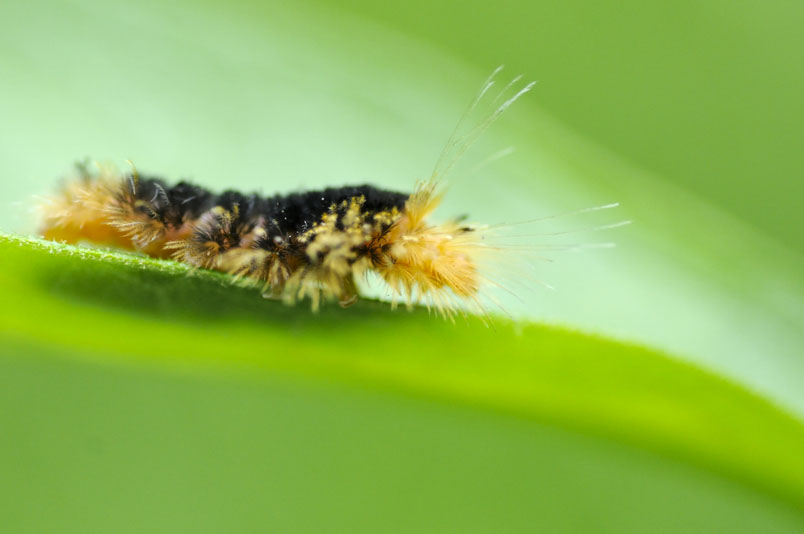
Macro insect, Buena Vista, Santa Cruz de la Sierra, Bolivia
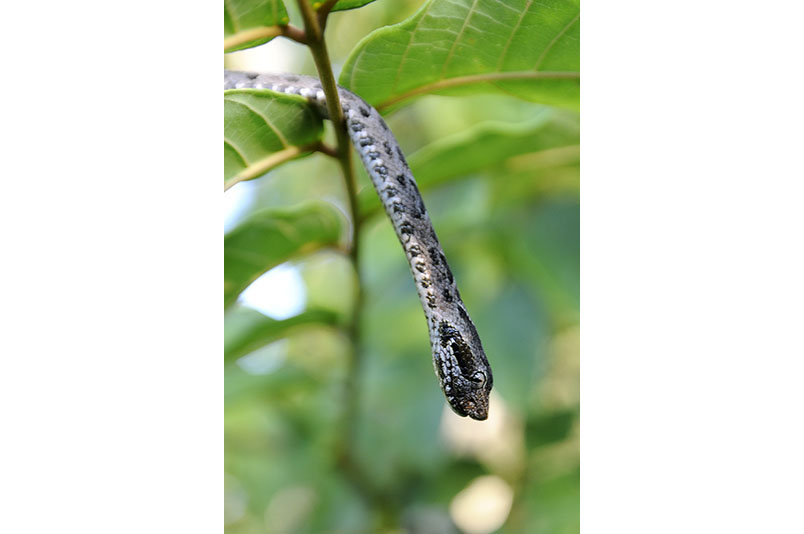
Wildlife, Snake, Buena Vista, Santa Cruz de la Sierra, Bolivia
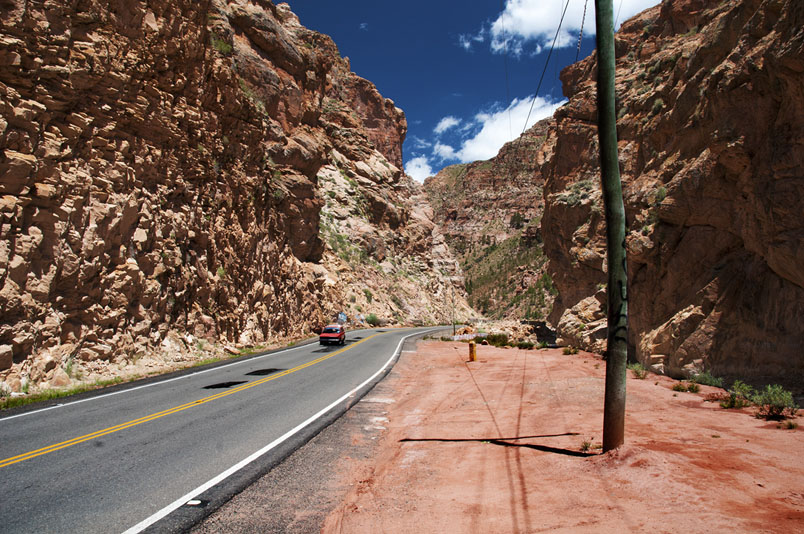
Located close to Potosí is a formation of rocks and mountains believed to be the devils gate, la puerta del diablo. Stories say that the gate closed right before 12 am and opened again right afterwards. This is said to be the main reason for cars disappearing and accidents happening on this piece of the road.
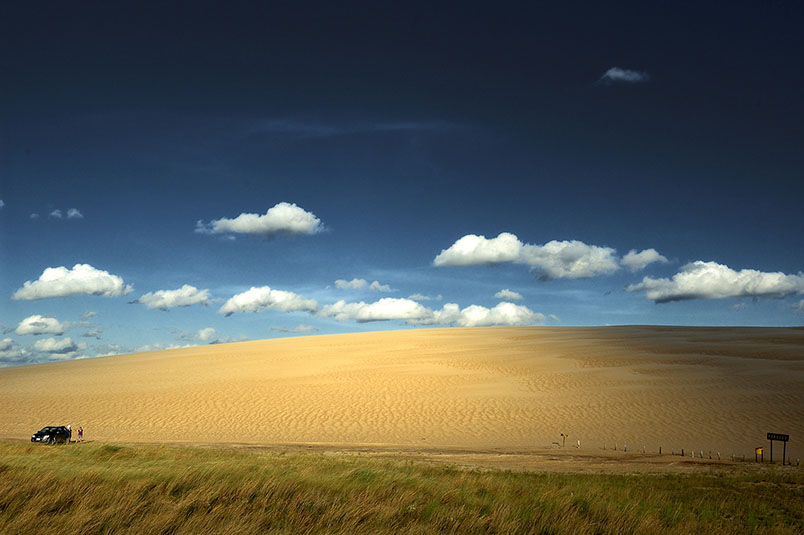
Lomas de arena, translated hills of sand, are dunes located 12 km southeast of the city Santa Cruz de la Sierra. Where the up to 50 meter high dunes came from is still believed to be a mistery. By times areas between the dunes are filled with ground water.
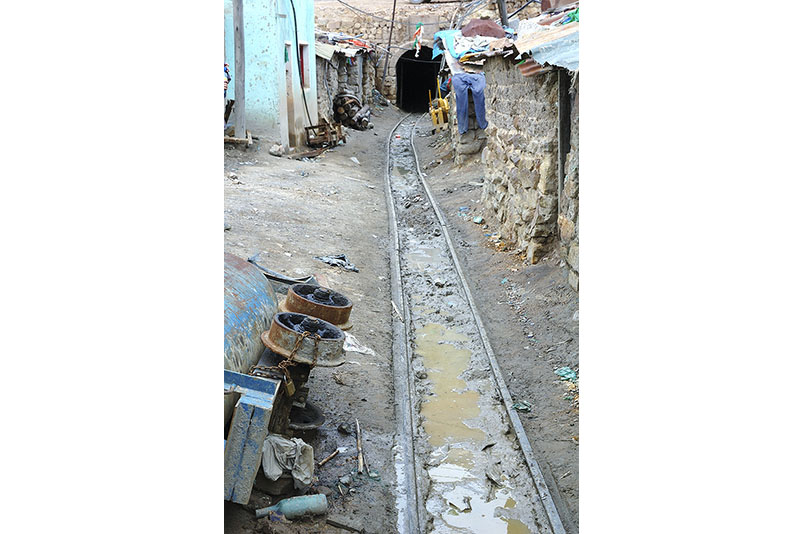
Over 300 years of eploiting noble metals from the Cerro Rico in Potosí required digging many mines like this one. Today most mines belong to cooperations of the miners themselves.
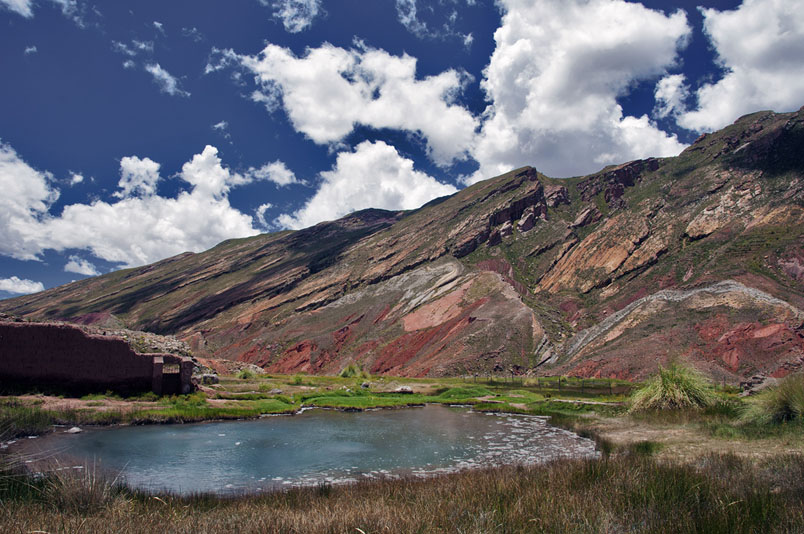
This source of thermal water close to Potosí, Bolivia, has a particular smell of sulfur. Steam forming on the surface of the water suggests that the temperature of the water is quite high. Gas is escaping, leading to a briskly boiling appearance which is quite spectacular to observe.
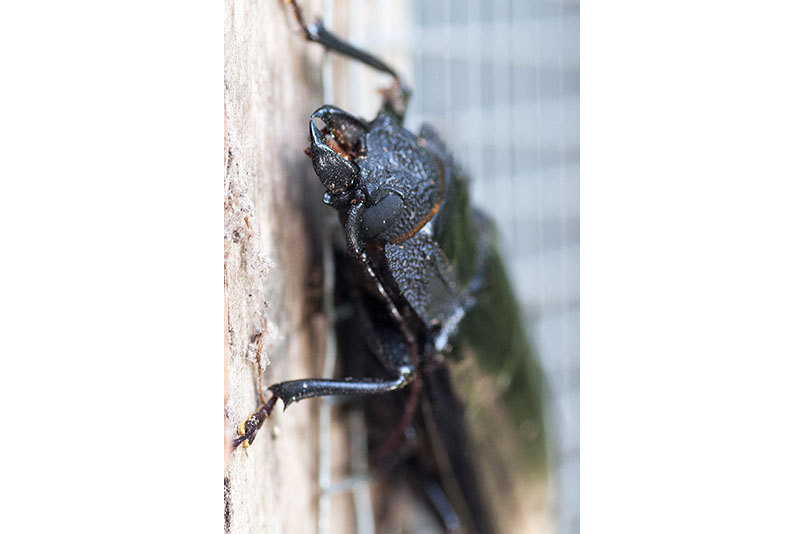
These roaches are not exactly pretty. Remarkable is that it is not unusual for them to grow about 30 cm in length. This image was taken in Buena Vista, Santa Cruz de la Sierra, Bolivia
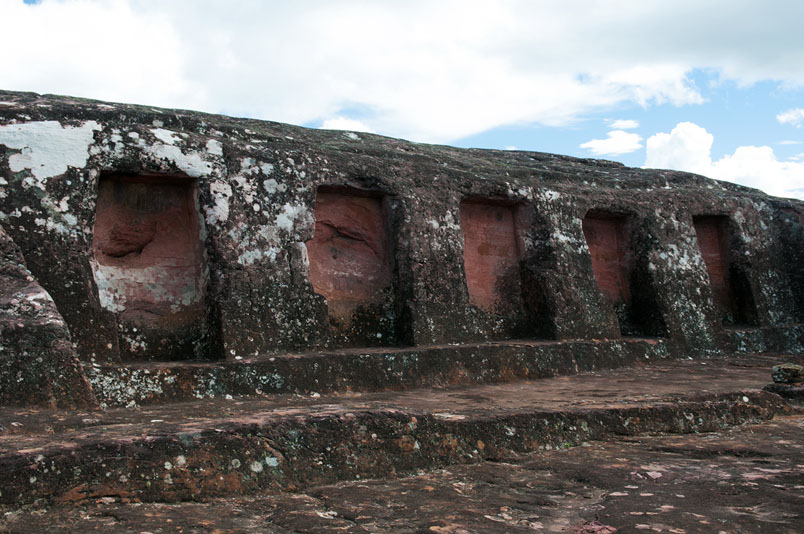
El fuerte de Samaipata is a pre-Columbian religious site close to the town of Samaipata in Bolivia. It is located at the eastern foothills of the Bolivian Andes and was the mst eastern point of the Incas and Chanes. Suffering frequent attacks from the Guarani warriors the site was finally taken over and destroyed.
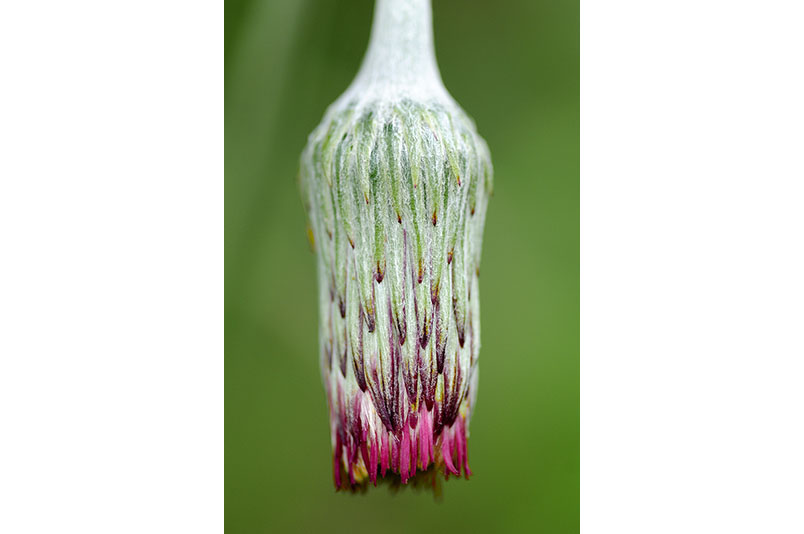
Macro flower, Buena Vista, Santa Cruz de la Sierra, Bolivia
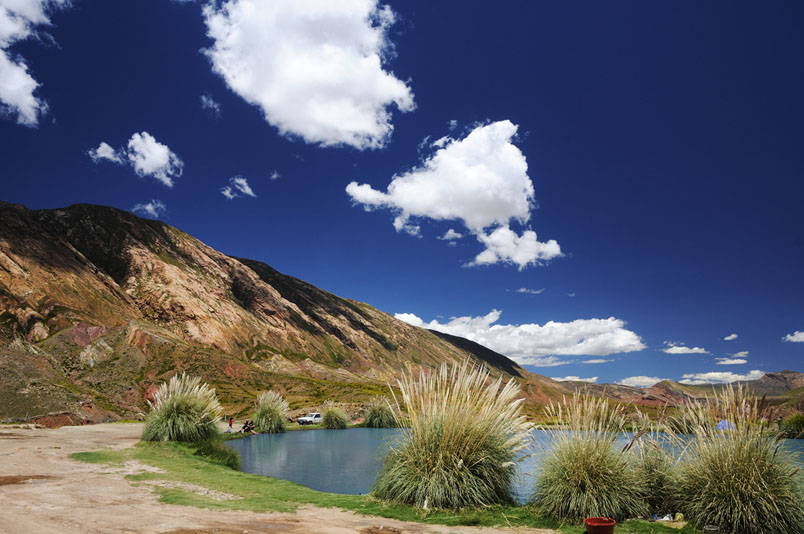
About an hour drive from the city of Potosí there are thermal waters. This one is called "el ojo del Inca", the eye of the Inca. It is a volcanic crater, forming an almost perfect circle, that filled with water. The circle reminds of an eye and one of the Inca emperors, Tupac Amaru, was balieved to bathe here, thus "el ojo del ica". Today the about 38°C warm water, rich in minerals, is said to have healing powers.
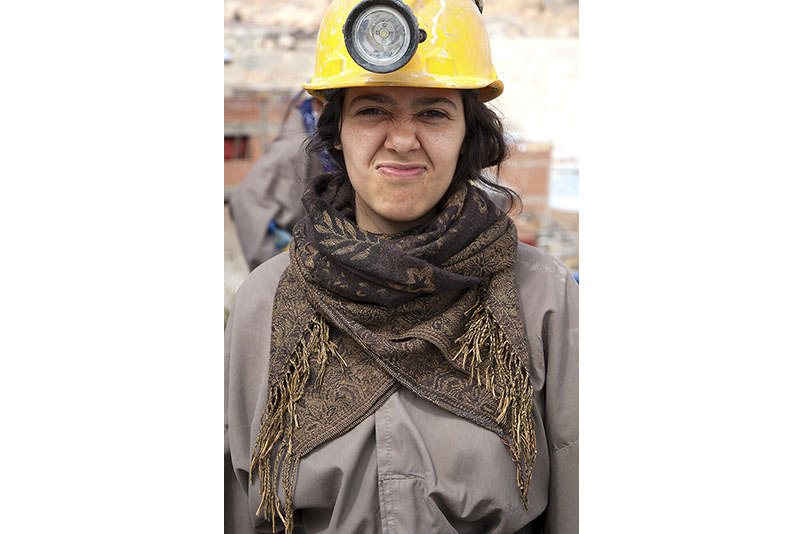
Entering a mine obviously requires protection. Curiously, the only protection for the respiratory system is a wet cloth. Most miners suffer fatal lung diseases. In average 12 years of working in a mine is lethal.
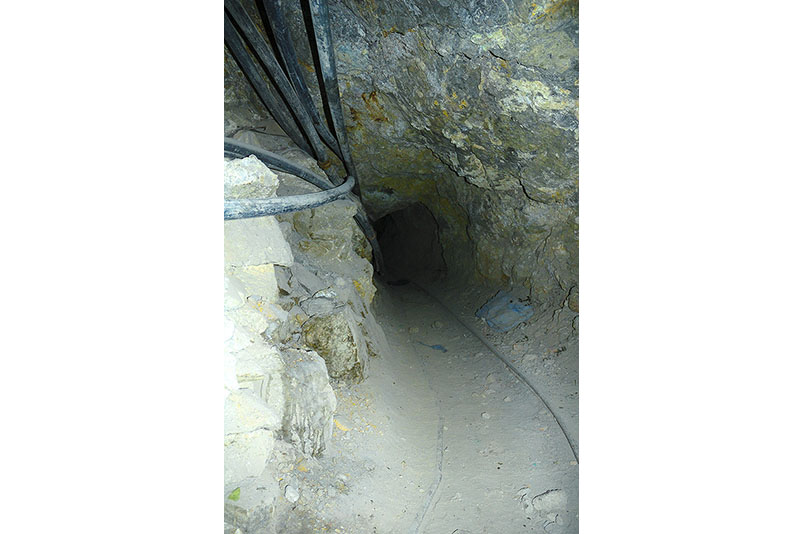
Entering a mine cannot really be described with a picture. Shown is the still less hostile part of the mine. Advancing further into the Cerro Rico reveals its ugliness. Breating becomes almost impossible and it is unbearably humid. Although the city of Potosí has moderate temperatures it easily gets up to 42°C inside a mine. On top of that it is necessary to crawl on all fours through cramped tunnels without fresh air ventilation from the outside.
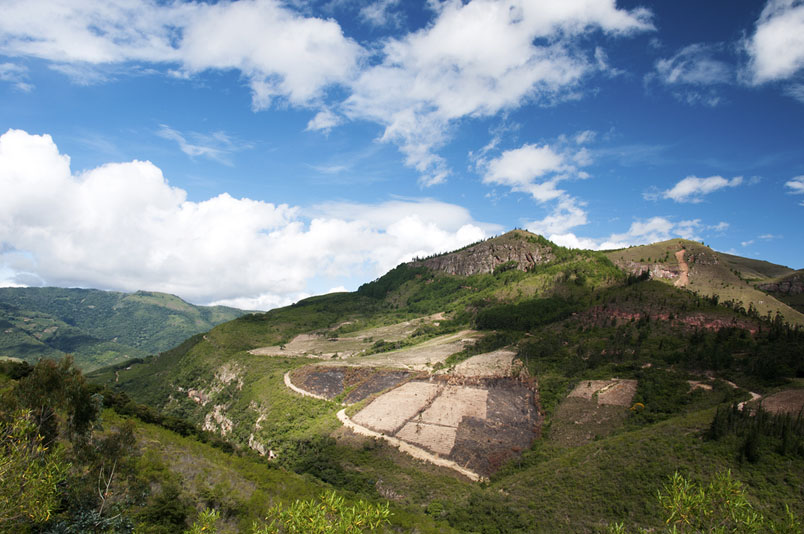
This is the most eastern point of the Andes with El fuerte de Samaipata on top of it.
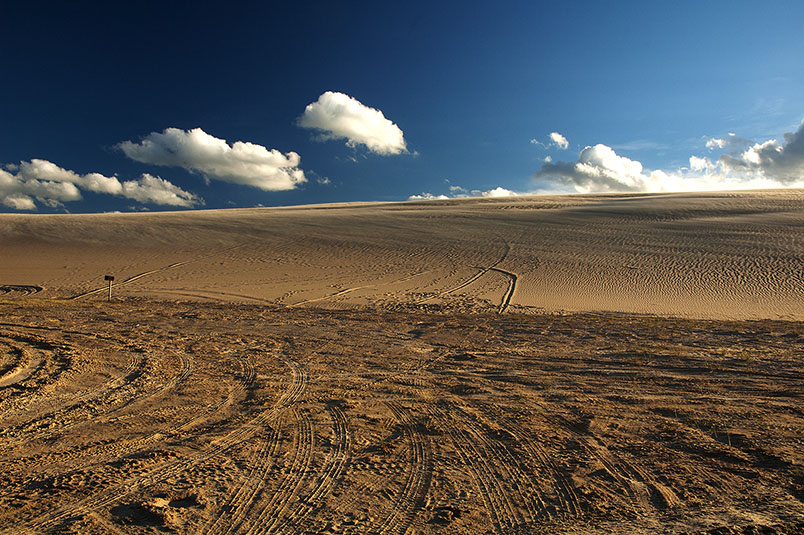
Lomas de arena is a prefered destination for a day trip for habitants of the city Santa Cruz but also quite some tourists visit this place nowadays. Before reaching Lomas de arena the adventure already starts when driving through the river Choré Choré. Obviously an appropiate vehicle and some driving skills are required.
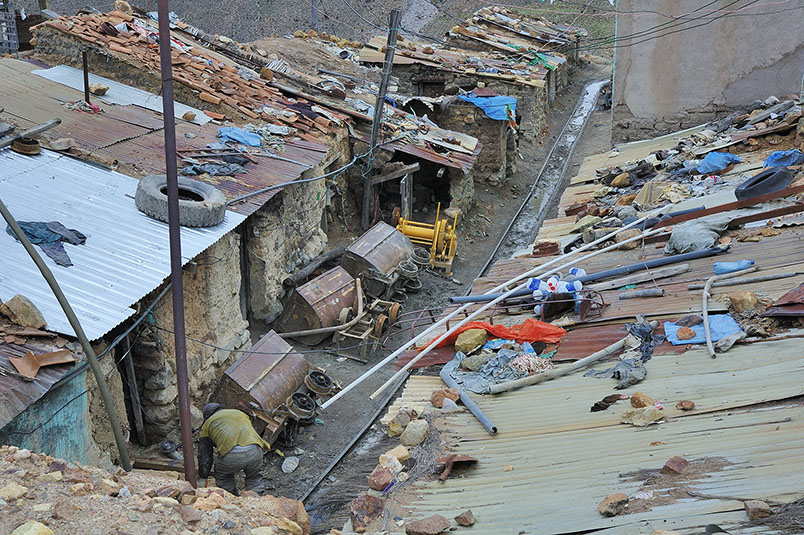
Potosí was once the richest city in the world (based on raw materials). It was so wealthy that the Spaniards introduced the saying "vale un Potosí", it's woth a Potosí, for something with a great value. Today it is one of the poorest cities in Bolivia. Most of the miners live in the barracks to the left and right of the rails. The earned money is usually being sent to their families.
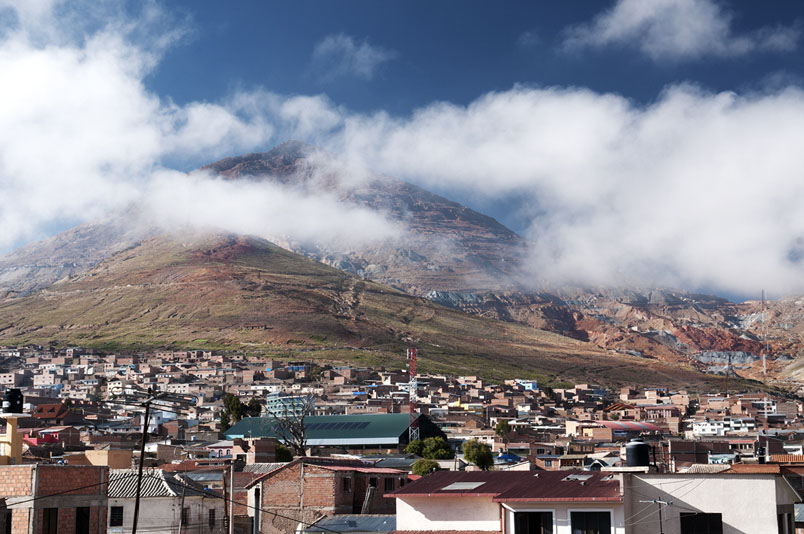
The city of Potosi and the Cerro Rico behind it trying to reach the sky. At an altitute of about 4300 meters it is difficult to breath here when you are not used to it. Cerro is used to describe a mountain and rico means rich. For more than 300 years silver and other precious metals have been extracted from this mountain and shipped to Europe. So much that the internal structure of the mountain reminds of a Swiss cheese because of all the mines.
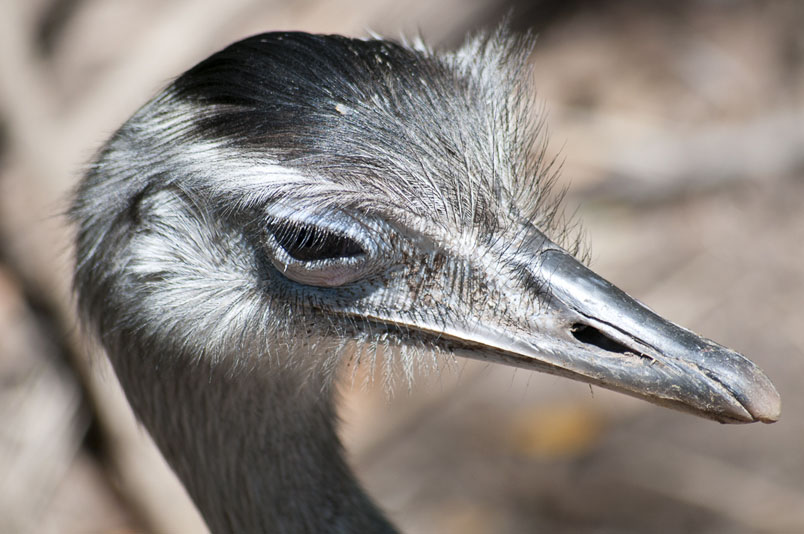
Bolivian ostrich, Santa Cruz de la Sierra, Bolivia
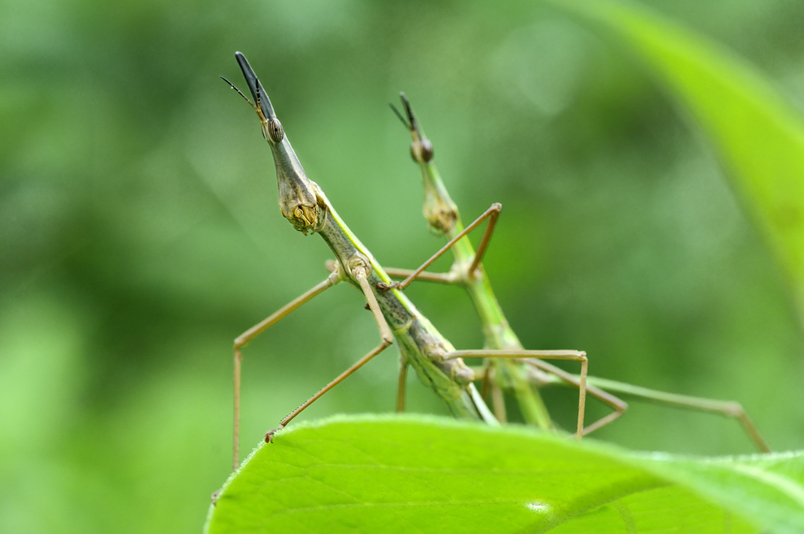
Phasmatodea, stick insect, Buena Vista, Santa Cruz de la Sierra, Bolivia
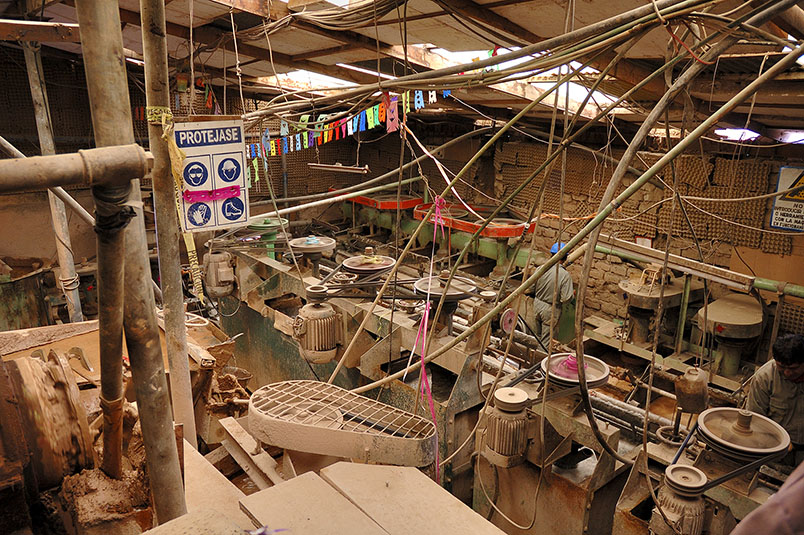
The e.g. silver taken from the Cerro Rico is not in chunks but scattered throughout rocks. It still has to be extracted, which is done here, at a location not far from the actual mines. Of course, this is not the only extraction process around.
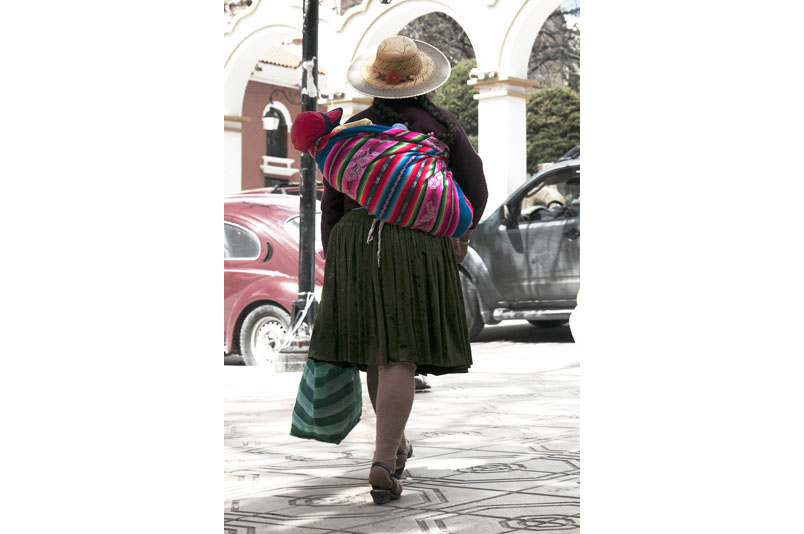
A traditional way of carrying babies in Bolivia is on the back. Especially (or exclusively) indigeneous women follow this practise still today, the "Cholitas". The simple reason for this is to keep hands and arms free to do any kind of work while having the kids close.
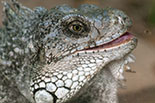
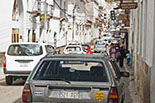
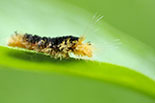
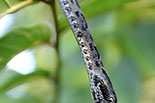
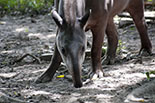
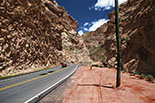
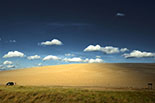
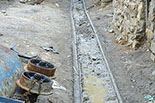
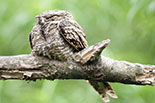
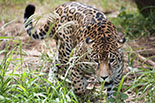
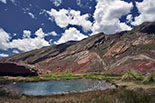
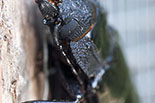
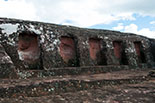
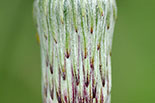
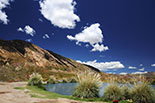
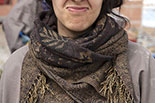
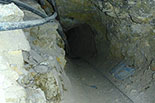
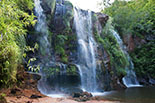
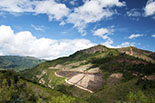
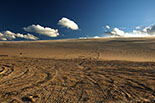

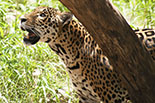
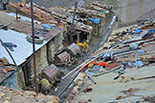
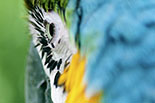
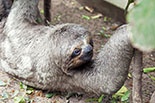
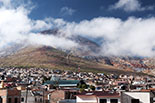
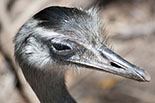
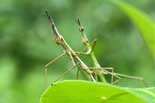
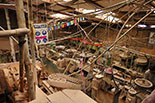
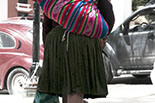
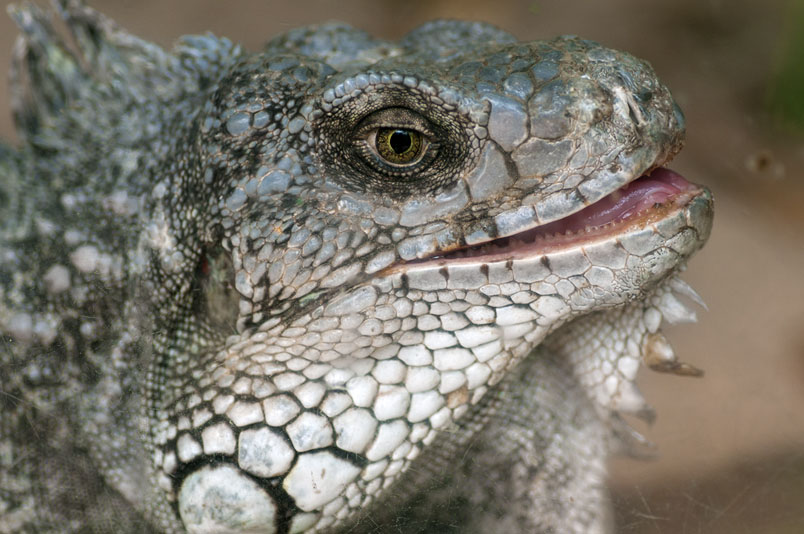
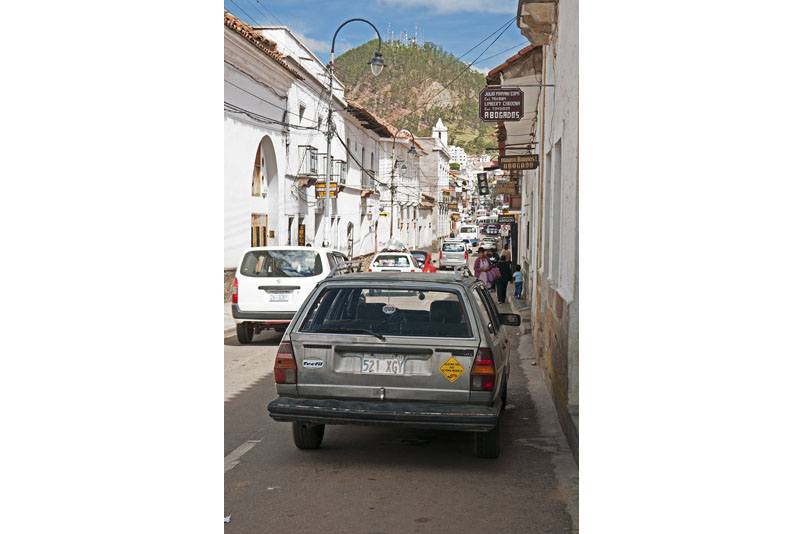
 Macro insect, Buena Vista, Santa Cruz de la Sierra, Bolivia
Macro insect, Buena Vista, Santa Cruz de la Sierra, Bolivia Wildlife, Snake, Buena Vista, Santa Cruz de la Sierra, Bolivia
Wildlife, Snake, Buena Vista, Santa Cruz de la Sierra, Bolivia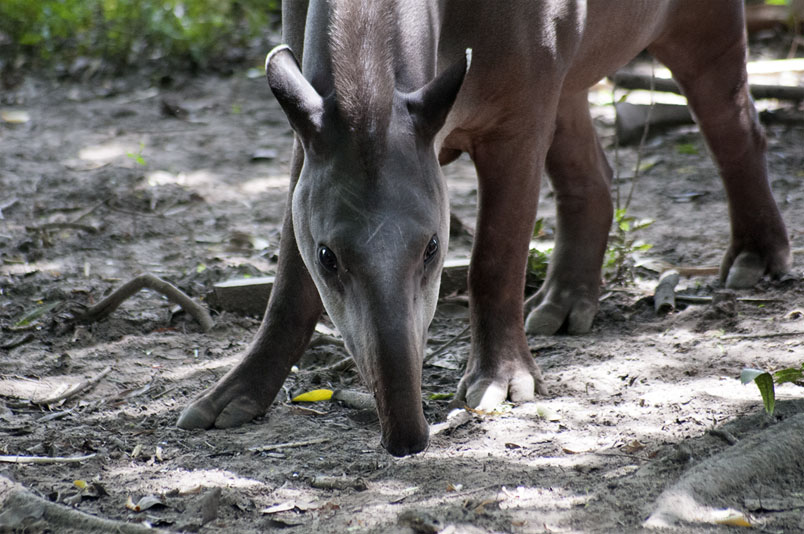
 Located close to Potosí is a formation of rocks and mountains believed to be the devils gate, la puerta del diablo. Stories say that the gate closed right before 12 am and opened again right afterwards. This is said to be the main reason for cars disappearing and accidents happening on this piece of the road.
Located close to Potosí is a formation of rocks and mountains believed to be the devils gate, la puerta del diablo. Stories say that the gate closed right before 12 am and opened again right afterwards. This is said to be the main reason for cars disappearing and accidents happening on this piece of the road. Lomas de arena, translated hills of sand, are dunes located 12 km southeast of the city Santa Cruz de la Sierra. Where the up to 50 meter high dunes came from is still believed to be a mistery. By times areas between the dunes are filled with ground water.
Lomas de arena, translated hills of sand, are dunes located 12 km southeast of the city Santa Cruz de la Sierra. Where the up to 50 meter high dunes came from is still believed to be a mistery. By times areas between the dunes are filled with ground water. Over 300 years of eploiting noble metals from the Cerro Rico in Potosí required digging many mines like this one. Today most mines belong to cooperations of the miners themselves.
Over 300 years of eploiting noble metals from the Cerro Rico in Potosí required digging many mines like this one. Today most mines belong to cooperations of the miners themselves.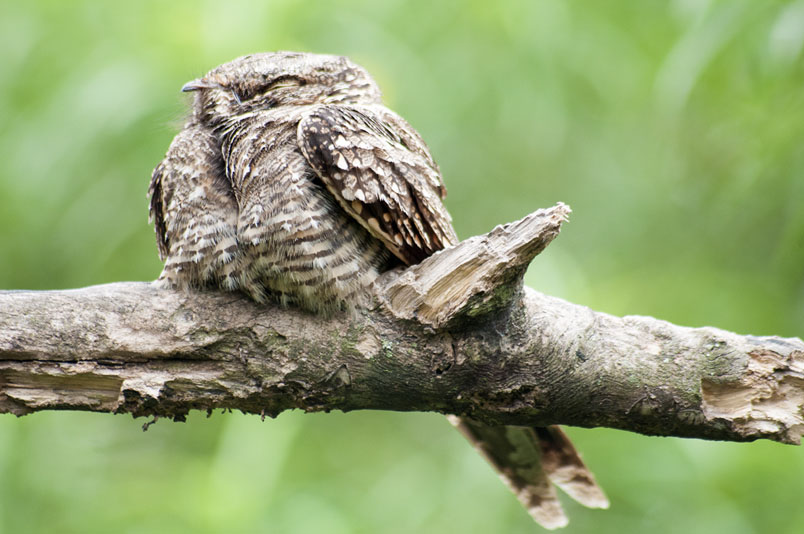
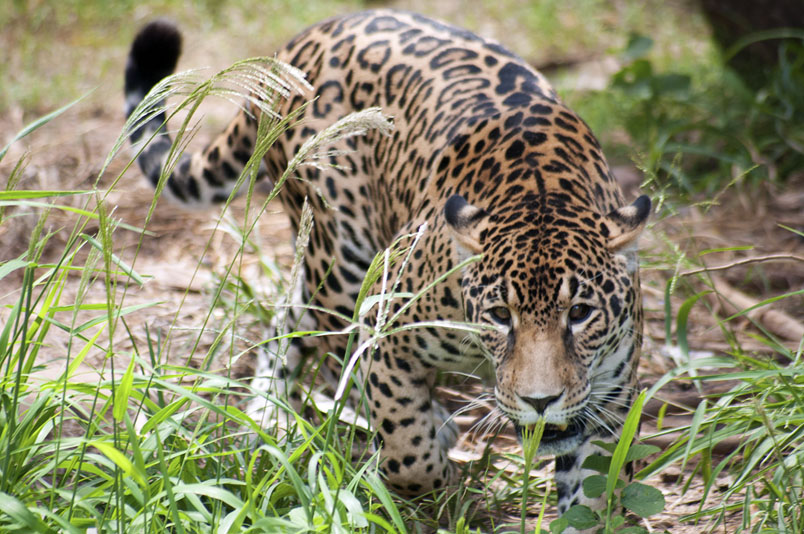
 This source of thermal water close to Potosí, Bolivia, has a particular smell of sulfur. Steam forming on the surface of the water suggests that the temperature of the water is quite high. Gas is escaping, leading to a briskly boiling appearance which is quite spectacular to observe.
This source of thermal water close to Potosí, Bolivia, has a particular smell of sulfur. Steam forming on the surface of the water suggests that the temperature of the water is quite high. Gas is escaping, leading to a briskly boiling appearance which is quite spectacular to observe. These roaches are not exactly pretty. Remarkable is that it is not unusual for them to grow about 30 cm in length. This image was taken in Buena Vista, Santa Cruz de la Sierra, Bolivia
These roaches are not exactly pretty. Remarkable is that it is not unusual for them to grow about 30 cm in length. This image was taken in Buena Vista, Santa Cruz de la Sierra, Bolivia El fuerte de Samaipata is a pre-Columbian religious site close to the town of Samaipata in Bolivia. It is located at the eastern foothills of the Bolivian Andes and was the mst eastern point of the Incas and Chanes. Suffering frequent attacks from the Guarani warriors the site was finally taken over and destroyed.
El fuerte de Samaipata is a pre-Columbian religious site close to the town of Samaipata in Bolivia. It is located at the eastern foothills of the Bolivian Andes and was the mst eastern point of the Incas and Chanes. Suffering frequent attacks from the Guarani warriors the site was finally taken over and destroyed. Macro flower, Buena Vista, Santa Cruz de la Sierra, Bolivia
Macro flower, Buena Vista, Santa Cruz de la Sierra, Bolivia About an hour drive from the city of Potosí there are thermal waters. This one is called "el ojo del Inca", the eye of the Inca. It is a volcanic crater, forming an almost perfect circle, that filled with water. The circle reminds of an eye and one of the Inca emperors, Tupac Amaru, was balieved to bathe here, thus "el ojo del ica". Today the about 38°C warm water, rich in minerals, is said to have healing powers.
About an hour drive from the city of Potosí there are thermal waters. This one is called "el ojo del Inca", the eye of the Inca. It is a volcanic crater, forming an almost perfect circle, that filled with water. The circle reminds of an eye and one of the Inca emperors, Tupac Amaru, was balieved to bathe here, thus "el ojo del ica". Today the about 38°C warm water, rich in minerals, is said to have healing powers. Entering a mine obviously requires protection. Curiously, the only protection for the respiratory system is a wet cloth. Most miners suffer fatal lung diseases. In average 12 years of working in a mine is lethal.
Entering a mine obviously requires protection. Curiously, the only protection for the respiratory system is a wet cloth. Most miners suffer fatal lung diseases. In average 12 years of working in a mine is lethal. Entering a mine cannot really be described with a picture. Shown is the still less hostile part of the mine. Advancing further into the Cerro Rico reveals its ugliness. Breating becomes almost impossible and it is unbearably humid. Although the city of Potosí has moderate temperatures it easily gets up to 42°C inside a mine. On top of that it is necessary to crawl on all fours through cramped tunnels without fresh air ventilation from the outside.
Entering a mine cannot really be described with a picture. Shown is the still less hostile part of the mine. Advancing further into the Cerro Rico reveals its ugliness. Breating becomes almost impossible and it is unbearably humid. Although the city of Potosí has moderate temperatures it easily gets up to 42°C inside a mine. On top of that it is necessary to crawl on all fours through cramped tunnels without fresh air ventilation from the outside.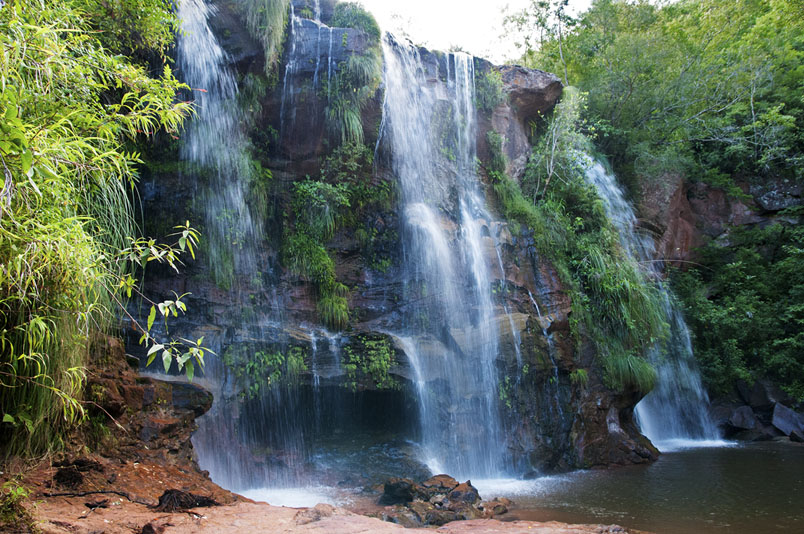
 This is the most eastern point of the Andes with El fuerte de Samaipata on top of it.
This is the most eastern point of the Andes with El fuerte de Samaipata on top of it. Lomas de arena is a prefered destination for a day trip for habitants of the city Santa Cruz but also quite some tourists visit this place nowadays. Before reaching Lomas de arena the adventure already starts when driving through the river Choré Choré. Obviously an appropiate vehicle and some driving skills are required.
Lomas de arena is a prefered destination for a day trip for habitants of the city Santa Cruz but also quite some tourists visit this place nowadays. Before reaching Lomas de arena the adventure already starts when driving through the river Choré Choré. Obviously an appropiate vehicle and some driving skills are required.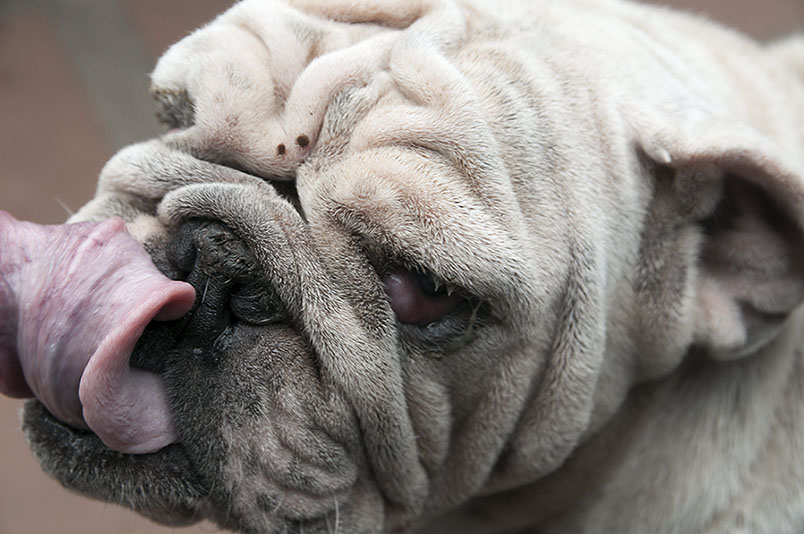
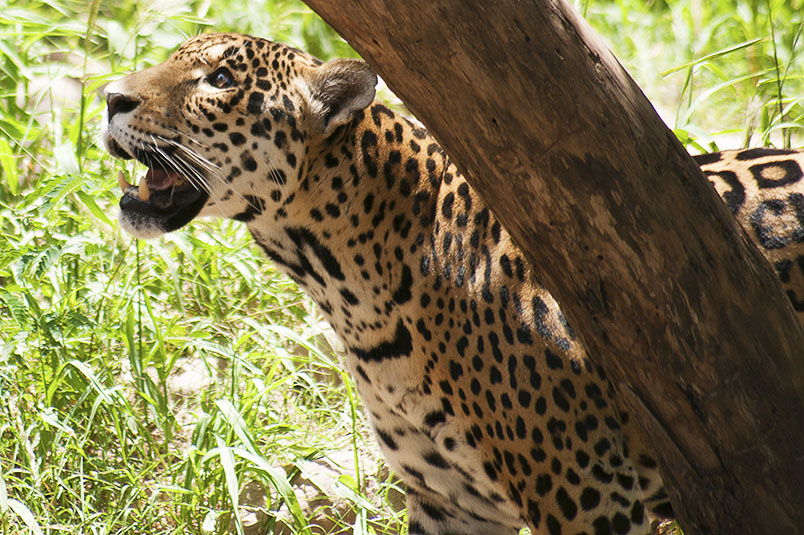
 Potosí was once the richest city in the world (based on raw materials). It was so wealthy that the Spaniards introduced the saying "vale un Potosí", it's woth a Potosí, for something with a great value. Today it is one of the poorest cities in Bolivia. Most of the miners live in the barracks to the left and right of the rails. The earned money is usually being sent to their families.
Potosí was once the richest city in the world (based on raw materials). It was so wealthy that the Spaniards introduced the saying "vale un Potosí", it's woth a Potosí, for something with a great value. Today it is one of the poorest cities in Bolivia. Most of the miners live in the barracks to the left and right of the rails. The earned money is usually being sent to their families.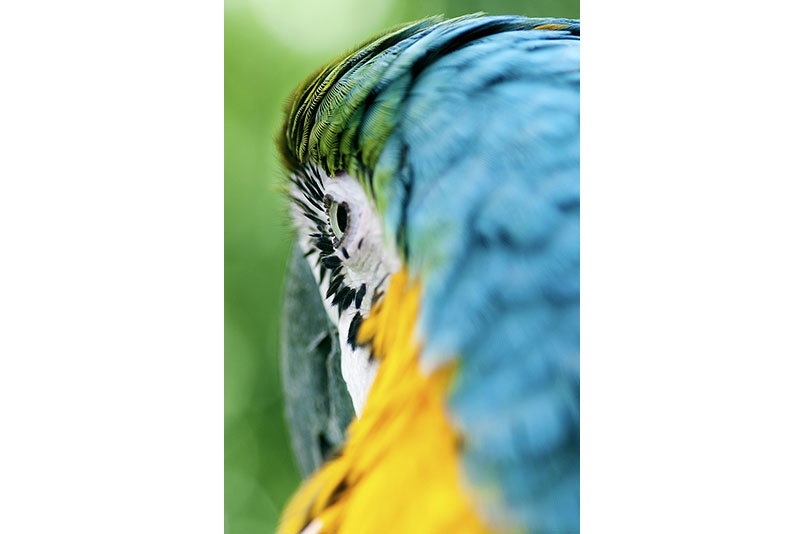
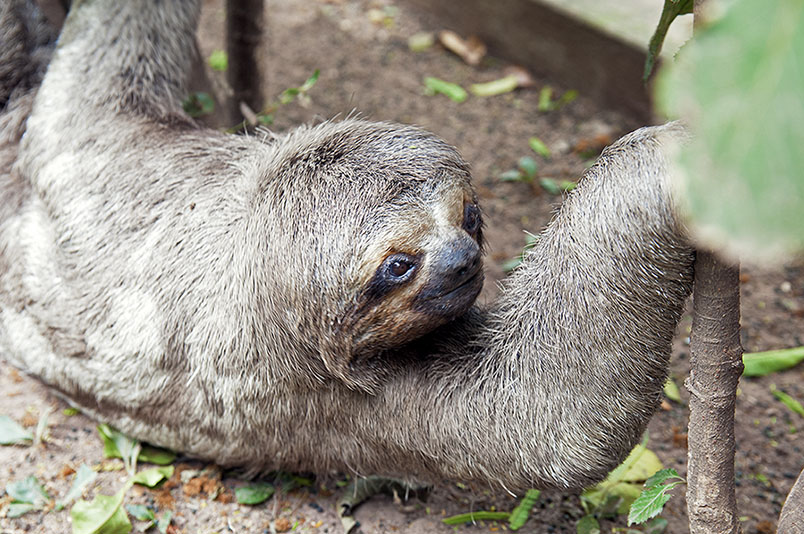
 The city of Potosi and the Cerro Rico behind it trying to reach the sky. At an altitute of about 4300 meters it is difficult to breath here when you are not used to it. Cerro is used to describe a mountain and rico means rich. For more than 300 years silver and other precious metals have been extracted from this mountain and shipped to Europe. So much that the internal structure of the mountain reminds of a Swiss cheese because of all the mines.
The city of Potosi and the Cerro Rico behind it trying to reach the sky. At an altitute of about 4300 meters it is difficult to breath here when you are not used to it. Cerro is used to describe a mountain and rico means rich. For more than 300 years silver and other precious metals have been extracted from this mountain and shipped to Europe. So much that the internal structure of the mountain reminds of a Swiss cheese because of all the mines. Bolivian ostrich, Santa Cruz de la Sierra, Bolivia
Bolivian ostrich, Santa Cruz de la Sierra, Bolivia Phasmatodea, stick insect, Buena Vista, Santa Cruz de la Sierra, Bolivia
Phasmatodea, stick insect, Buena Vista, Santa Cruz de la Sierra, Bolivia The e.g. silver taken from the Cerro Rico is not in chunks but scattered throughout rocks. It still has to be extracted, which is done here, at a location not far from the actual mines. Of course, this is not the only extraction process around.
The e.g. silver taken from the Cerro Rico is not in chunks but scattered throughout rocks. It still has to be extracted, which is done here, at a location not far from the actual mines. Of course, this is not the only extraction process around. A traditional way of carrying babies in Bolivia is on the back. Especially (or exclusively) indigeneous women follow this practise still today, the "Cholitas". The simple reason for this is to keep hands and arms free to do any kind of work while having the kids close.
A traditional way of carrying babies in Bolivia is on the back. Especially (or exclusively) indigeneous women follow this practise still today, the "Cholitas". The simple reason for this is to keep hands and arms free to do any kind of work while having the kids close.